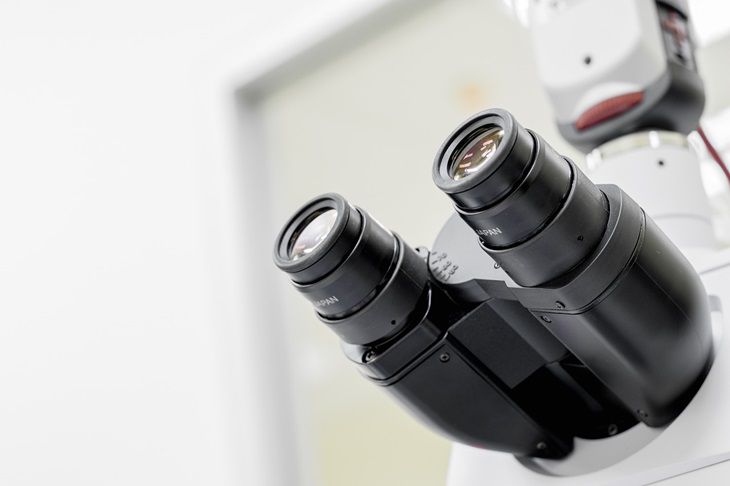Scientists have conducted a new study related to cholesterol.
Experts from the USA have found out under what conditions so-called “good” cholesterol turns into “bad”.
The experts shared the facts in a scientific paper for the Journal of Lipid Research .

Cholesterol plays an important role in the context of the functioning of the body. The immune, nervous, and digestive systems cannot do without it.
It is transported throughout the body by proteins, which are divided into two types.
The first are called low-density lipoproteins (LDL) or “bad” cholesterol.
In the second case, we are talking about high-density lipoproteins (HDL) or “good” cholesterol.
In a new study, scientists learned that not all cholesterol is created equal.
Each type has two forms: free and esterified cholesterol.
The difference is that the first is active, it participates in the body's work. The second can accumulate, it is distinguished by stability.
It is the accumulation of free cholesterol that is dangerous for the body. Even if it is HDL (i.e. “good” cholesterol).
New research suggests that the definition of "bad" cholesterol is misleading.
Free cholesterol becomes dangerous when it starts to accumulate in the body. This often leads to the development of atherosclerosis and other diseases associated with high cholesterol.








